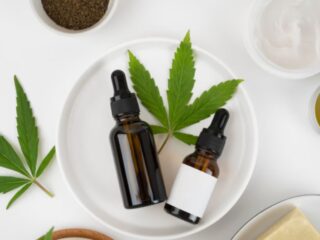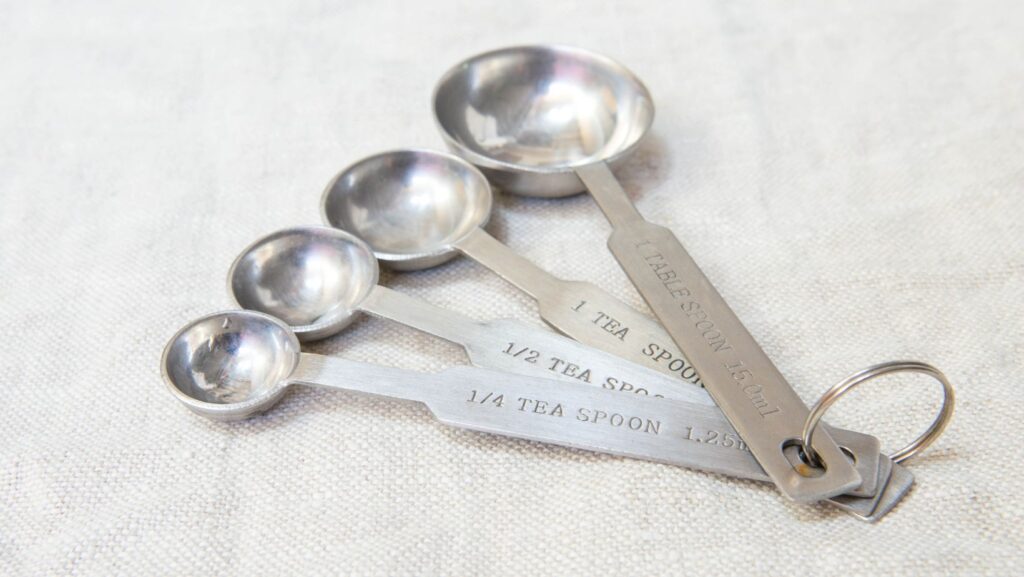
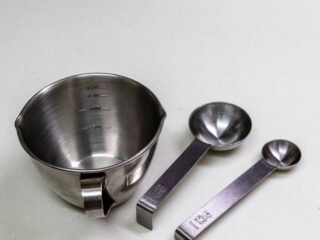 Navigating the world of cooking measurements can often feel like deciphering an ancient code. Among the most common conundrums home cooks face is converting grams to tablespoons, especially when recipes call for precise quantities. Understanding how to accurately translate 25 gram berapa sendok makan is essential not only for baking enthusiasts but for anyone looking to follow a recipe with precision.
Navigating the world of cooking measurements can often feel like deciphering an ancient code. Among the most common conundrums home cooks face is converting grams to tablespoons, especially when recipes call for precise quantities. Understanding how to accurately translate 25 gram berapa sendok makan is essential not only for baking enthusiasts but for anyone looking to follow a recipe with precision.
This task, though seemingly simple, involves a bit of math and a good understanding of ingredient densities. Different ingredients weigh differently, which means the conversion is not one-size-fits-all. However, with a few tips and tricks, anyone can master this conversion, ensuring their culinary creations turn out just as intended. Let’s dive into the specifics of converting 25 grams to tablespoons, making your cooking experience smoother and more enjoyable.
25 Gram Berapa Sendok Makan
The Basics of Grams and Tablespoons
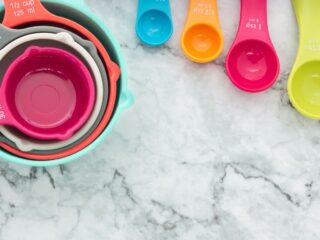 When it comes to cooking and baking, understanding the conversion between grams and tablespoons is crucial for accuracy. One tablespoon is generally equivalent to 15 grams when measuring common ingredients such as sugar or salt. Therefore, to determine how many tablespoons are in 25 grams, a simple division is applied. Given this standard conversion,25 gram berapa sendok makan equals approximately 1.67 tablespoons. However, it’s essential to remember that this conversion can vary slightly depending on the substance being measured due to differences in density.
When it comes to cooking and baking, understanding the conversion between grams and tablespoons is crucial for accuracy. One tablespoon is generally equivalent to 15 grams when measuring common ingredients such as sugar or salt. Therefore, to determine how many tablespoons are in 25 grams, a simple division is applied. Given this standard conversion,25 gram berapa sendok makan equals approximately 1.67 tablespoons. However, it’s essential to remember that this conversion can vary slightly depending on the substance being measured due to differences in density.
Why Precision Matters in Cooking and Baking
 Precision plays a vital role in the success of recipes, especially in baking. Slight differences in ingredient measurements can significantly impact the texture, flavor, and appearance of the final product. For instance, an excess or deficiency of a key ingredient like flour or sugar can alter the structural integrity of cakes and cookies. This is why converting 25 gram berapa sendok makan accurately is more than just a matter of math; it’s about ensuring the integrity of the dish. Adhering to precise measurements guarantees that the desired results are achieved consistently, making the culinary creation process more reliable and enjoyable.
Precision plays a vital role in the success of recipes, especially in baking. Slight differences in ingredient measurements can significantly impact the texture, flavor, and appearance of the final product. For instance, an excess or deficiency of a key ingredient like flour or sugar can alter the structural integrity of cakes and cookies. This is why converting 25 gram berapa sendok makan accurately is more than just a matter of math; it’s about ensuring the integrity of the dish. Adhering to precise measurements guarantees that the desired results are achieved consistently, making the culinary creation process more reliable and enjoyable.
Converting 25 Grams to Tablespoons
The General Conversion Formula
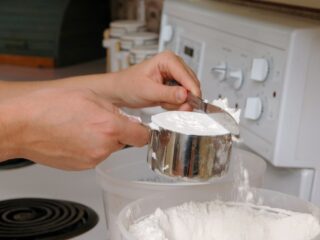
Considerations for Different Ingredients
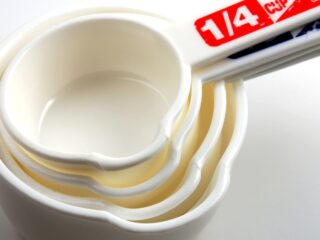
Practical Kitchen Tools for Accurate Measurement
Understanding the 25 gram berapa sendok makan demands precision, a task where practical kitchen tools become indispensable. To ensure culinary success, the article explores two essential tools for accurate measurement: digital scales and measuring spoons and cups. These tools offer solutions to the challenges posed by ingredient-specific densities, facilitating the accurate conversion process previously discussed.
Digital Scales
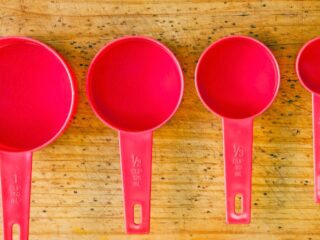
Measuring Spoons and Cups
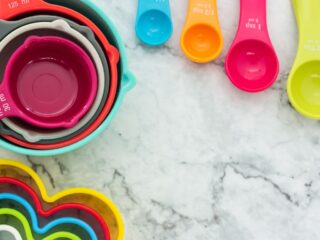
In the pursuit of culinary precision, both digital scales and measuring spoons, and cups play crucial roles. Understanding when and how to use these tools can significantly impact the success of a recipe, ensuring that the conversion of 25 grams to tablespoons, or any other measurement challenge, is accurately met.
Common Ingredients Converted from 25 Grams to Tablespoons
Converting 25 grams to tablespoons varies significantly across different ingredients due to their unique densities. This section elaborates on how 25 grams of common ingredients like flour, sugar, butter, oils, and water translate into tablespoons, applying the density consideration for accurate culinary preparations.
Flour, Sugar, and Butter
Flour: Flour’s light and airy composition means that 25 grams of flour equals approximately 2 tablespoons. This conversion is crucial for baking, where precision impacts the texture and density of the final product.
- Sugar: With its finer particles, 25 grams of sugar is equivalent to 2 tablespoons. This measurement applies to granulated sugar, widely used in recipes for sweetening.
- Butter: Due to its denser composition, 25 grams of butter translates to about 1.8 tablespoons. In baking and cooking, accurate butter measurements are key for achieving the desired richness and moisture.
Tips for Effective Measurement Conversion
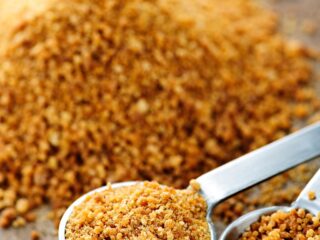

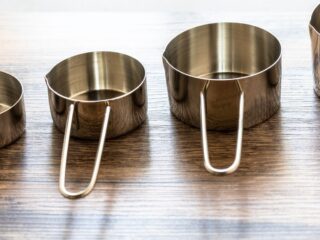 Flour: Flour’s light and airy composition means that 25 grams of flour equals approximately 2 tablespoons. This conversion is crucial for baking, where precision impacts the texture and density of the final product.
Flour: Flour’s light and airy composition means that 25 grams of flour equals approximately 2 tablespoons. This conversion is crucial for baking, where precision impacts the texture and density of the final product.




